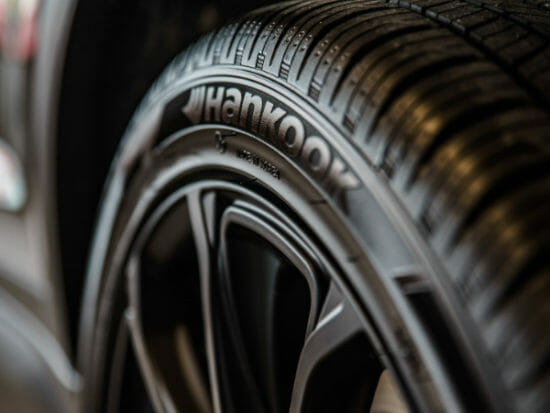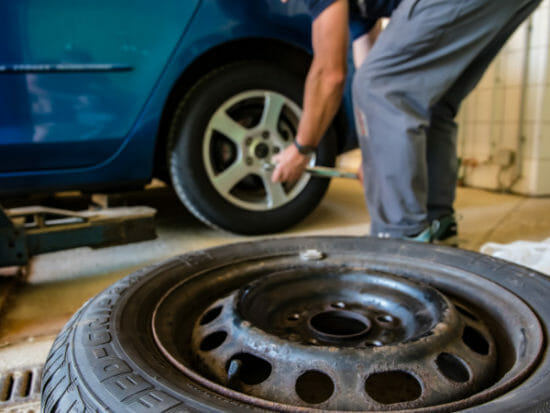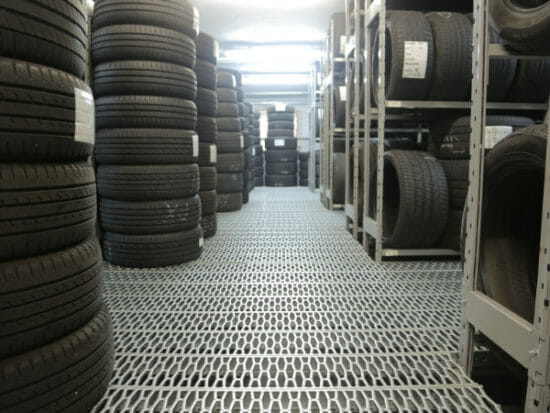How important is a tire rotation?
Tire rotation is an important part of keeping your car safe and in good condition. This particular practice refers to routinely repositioning your vehicle’s tires in specific patterns from front to back (and vice versa) or side to side. Rotating tires may also be required to keep your tires and wheels under warranty or insurance, but it is worth it, as many car enthusiasts would agree.
Another plus is that tire rotation is not that difficult and can be done by one person. Tire rotation can also help extend the life of your tires, not to mention make sure they are safe enough to drive on. Read on to know more about tire rotation, why tire rotation patterns matter, and the recommended rotation direction for your vehicle’s needs.
Caring for Your Car

Vehicle maintenance is an integral part of prolonging your car’s life span. After investing thousands of dollars into the vehicle of your choice, making sure it is in tiptop shape should be high up on your priority list. Taking car care seriously could save from a lot of trouble (and spending) in the future. Remember that prevention is always better than a cure.
Apart from extending your car’s longevity, there are also a couple more benefits to caring for your car, including your tires. The first and perhaps most important benefit is increased safety. A properly maintained vehicle is more likely to be safe during long road trips or late-night excursions.
This is most true for tires and brake lines. Always double and even triple check if you’re going on a long drive, most especially if you’re going alone.
Another benefit is reduced repair costs. Like with human illnesses, diagnosing the problem early can help prevent it from developing into something worse. Regular maintenance costs are significantly lower than fixing an entirely damaged car part.
Like any service center, they will tell you the same thing. Your engine and other important components won’t fall apart with proper maintenance, so be sure to pay attention every time you get behind the driver’s seat.
How To Do Tire Rotation
Certain tire rotation patterns will be best for your specific type of vehicle and the type of tires you are using. There are several factors to consider when regularly rotating tires, such as whether your vehicle is front, rear, all, or four-wheel drive; whether your tires are all the same size on the front and rear; whether your tires are directional or non-directional. Below are tire rotation patterns recommended by The Tire and Rim Association Inc.
For tires that are of uniform size and non-directional:
1. Rearward Cross
This pattern is for four-wheel, all-wheel, or rear-wheel drive vehicles. The rear tires are moved to the forward axle while being kept on the same sides of the vehicle. The front tire is moved to the rear axles but on opposite sides in a cross pattern.
2. Forward Cross
This pattern is most commonly used for front-wheel drive vehicles. It’s pretty much just the opposite of the rearward cross. Move the front tires to the rear axle in a cross pattern. Move the back tires in a diagonal pattern to the front axle.
3. X-Pattern
This one is pretty straightforward. It is recommended for front-wheel drive vehicles like lightweight trucks and sedans. All the tires are moved from the front axle to the back or vice versa in an X pattern. All four tires should cross one another.
For tires that are of uniform size and non-directional with a full-size spare tire:
1. Rearward Cross (rear-wheel or four-wheel drive vehicles):
The rear axle tire is moved diagonally to the front axle. The spare tire goes to the right side of the now-vacated rear axle. The right front tire moves back to the left rear axle. The left front tire is now your new spare tire.
2. Forward Cross (front-wheel drive vehicles):
The rear tires are moved to the opposite sides of the front axle in an X pattern. The right front tire is now your new spare tire. Your actual spare tire should be positioned on the right side of the rear axle. The left front tire is moved diagonally to the left rear axle.
For high performance and directional tires:
1. Front-to-back (for directional tires):
For vehicles with directional tires, this pattern is easy. The front axle tires are moved to the back axle or vice versa. They must remain on the same side. The front left tire is moved to the rear left axle and so on.
2. Side-to-side (for differently-sized performance tires on the front and rear axles):
All tires are switched with their same-sized counterpart. They should remain on the same axle, simply switching the left rear tire with the right rear tire. The same goes for the front axle tires.
Why is tire rotation so important?
There are several reasons why tire rotation is an important part of a tire care routine. No matter the size of tires you have, maintaining them will save you the trouble of buying new ones every so often or having to do tire repairs a lot. Apart from regularly checking pressure, you should also look into tire rotation if you haven’t been doing it already.
When you rotate your tires, it also gives you a chance to inspect them properly for any damage like cracking, bulging, or balding. Tire rotation will also spread tire wear to all four tires evenly, maximizing their tread life.
When all of your tires’ tread wear is even, it will keep your tread depth uniform. This will help keep the traction and handling consistency across all four tires. The bottom line is that tire rotation will keep your tires healthier and, therefore, safer.
How often do you need to rotate your tires?
Tire rotation is a common maintenance task that should be done more frequently than you might think or care to remember doing. It should typically be done every 5,000 to 8,000 miles your vehicle has run. Front tires are more responsible for braking and traction.
This means they can wear out more easily than the right axle tires or just have uneven wear depending on the type of vehicle you own. It is important to pay attention to them as much as you can.
Related Articles
Final Thoughts
Making rotation patterns as frequently as suggested will help your tires wear evenly and keep you safer on the road for tens of thousands of miles. Apart from tire care, there are also a few other routine inspections you should do to your vehicle to make sure it is in the best condition most of the time. These include your car’s fluids, oil change, and even the rims of your tires.
The engine of your car relies on fluids to function, much like the human body requires water. While there is close to zero chance for evaporation, these fluids still deplete in level. When this happens, their protection against friction decreases and could cause serious damage to your main engine. Be sure to refill and check on these fluids as often as suggested by mechanics.
When checking your tires, don’t neglect your rims. Apart from looking shiny and scratch-free, your rims will hold up your tires. If you are in excellent condition, the risk of replacing them will be even less than the need to replace your tires.
These are only a few suggested car care tips that could help save you from a lot of trouble in the future. Remember that spending a few hundred dollars now for vehicle maintenance might save you thousands from part replacements.




